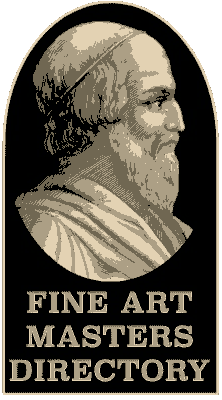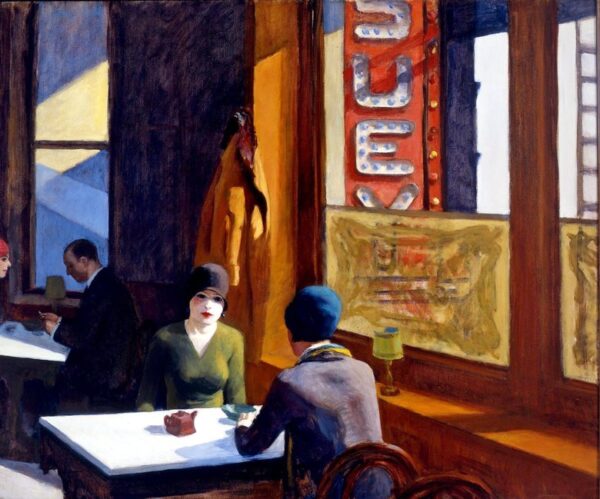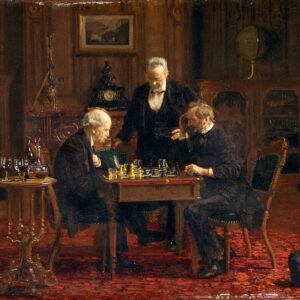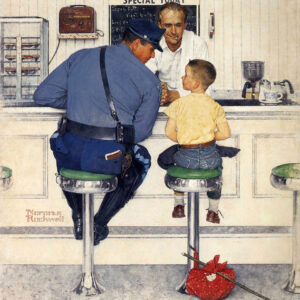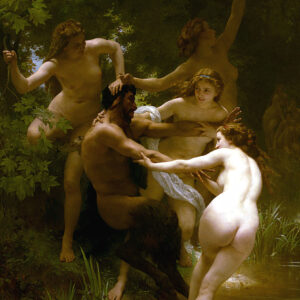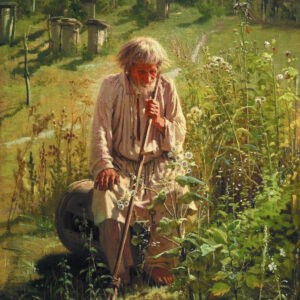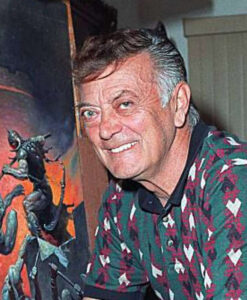Edward Hopper (July 22, 1882 – May 15, 1967) was an American realist painter and printmaker. While he is widely known for his oil paintings, he was equally proficient as a watercolorist and printmaker in etching. His career benefited decisively from his marriage to fellow-artist Josephine Nivison, who contributed much to his work, both as a life-model and as a creative partner. Hopper was a minor-key artist, creating subdued drama out of commonplace subjects ‘layered with a poetic meaning’, inviting narrative interpretations, often unintended. He was praised for ‘complete verity’ in the America he portrayed.
Place in American art
In focusing primarily on quiet moments, very rarely showing action, Hopper employed a form of realism adopted by another leading American realist, Andrew Wyeth, but Hopper’s technique was completely different from Wyeth’s hyper-detailed style.[50] In league with some of his contemporaries, Hopper shared his urban sensibility with John Sloan and George Bellows, but avoided their overt action and violence. Where Joseph Stella and Georgia O’Keeffe glamorized the monumental structures of the city, Hopper reduced them to everyday geometrics and he depicted the pulse of the city as desolate and dangerous rather than “elegant or seductive”.[107]
Charles Burchfield, whom Hopper admired and to whom he was compared, said of Hopper, “he achieves such a complete verity that you can read into his interpretations of houses and conceptions of New York life any human implications you wish.”[108] He also attributed Hopper’s success to his “bold individualism. … In him we have regained that sturdy American independence which Thomas Eakins gave us, but which for a time was lost.”[109] Hopper considered this a high compliment since he considered Eakins the greatest American painter.[110]
Hopper scholar Deborah Lyons writes, “Our own moments of revelation are often mirrored, transcendent, in his work. Once seen, Hopper’s interpretations exist in our consciousness in tandem with our own experience. We forever see a certain type of house as a Hopper house, invested perhaps with a mystery that Hopper implanted in our own vision.” Hopper’s paintings highlight the seemingly mundane and typical scenes in our everyday life and give them cause for epiphany. In this way Hopper’s art takes the gritty American landscape and lonely gas stations and creates within them a sense of beautiful anticipation.[111]
Although compared to his contemporary Norman Rockwell in terms of subject matter, Hopper did not like the comparison. Hopper considered himself more subtle, less illustrative, and certainly not sentimental. Hopper also rejected comparisons with Grant Wood and Thomas Hart Benton stating “I think the American Scene painters caricatured America. I always wanted to do myself.”[112]
